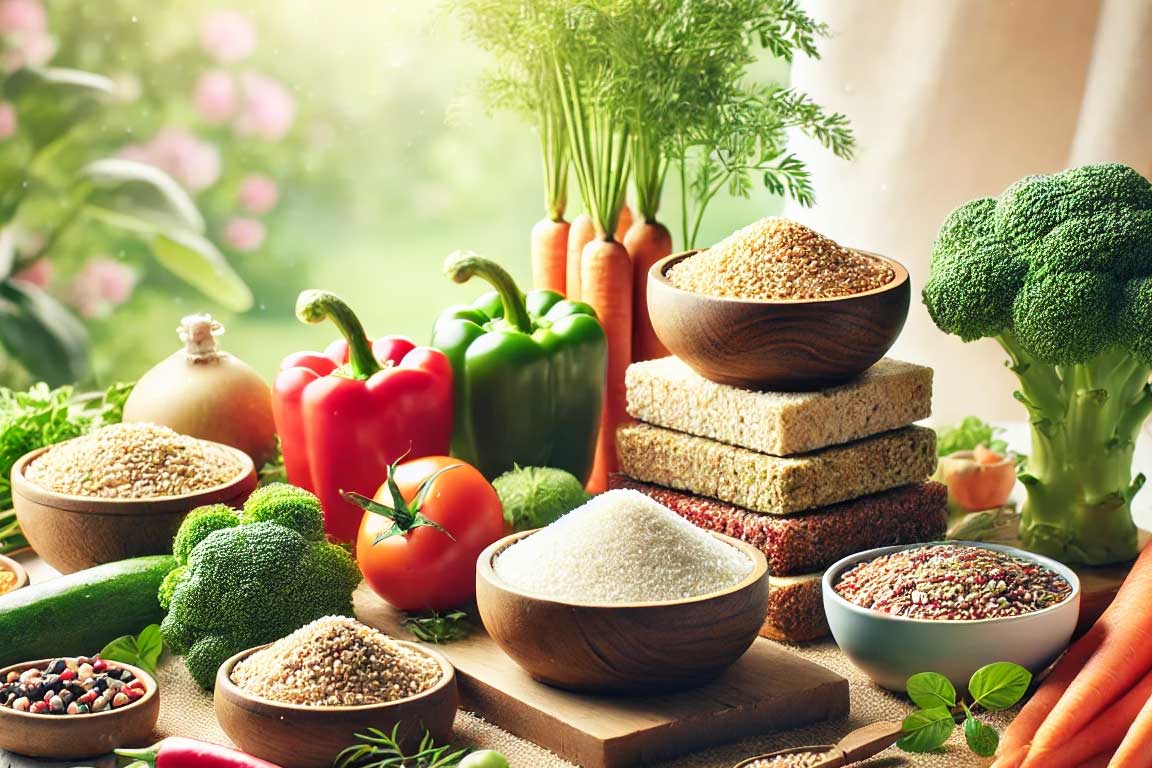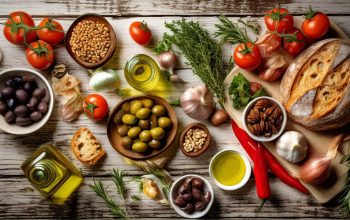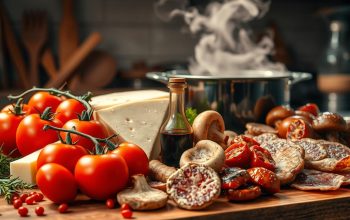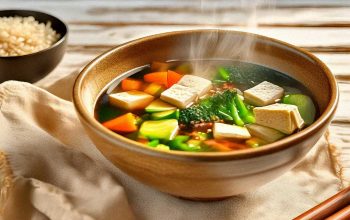Gluten-free eating is no longer just a trend—it’s a necessity for many people and a lifestyle choice for others. Whether you’re navigating dietary restrictions due to celiac disease, gluten sensitivity, or simply aiming for a healthier lifestyle, understanding the essentials of gluten-free nutrition is crucial. This comprehensive guide unpacks the basics, provides practical examples, and highlights common pitfalls to help you on your journey.
What Is Gluten, and Why Avoid It?
Gluten is a protein found in wheat, barley, and rye. It gives bread its elasticity and provides a chewy texture. For individuals with celiac disease, consuming gluten triggers an autoimmune response that damages the small intestine. Meanwhile, those with non-celiac gluten sensitivity may experience digestive discomfort, fatigue, or headaches. Even without medical conditions, many people choose to avoid gluten for personal health reasons.
How to Identify Gluten in Foods
Gluten can be hidden in many products, from bread and pasta to sauces, soups, and processed snacks. It’s essential to:
- Read Labels Carefully: Look for certifications like “Certified Gluten-Free.”
- Avoid Cross-Contamination: Use separate utensils and cooking surfaces.
- Be Wary of Hidden Gluten: It may lurk in ingredients like malt, soy sauce, or food starch.
Common Gluten-Free Staples
Gluten-free diets can still be incredibly varied and satisfying. Incorporate these into your meals:
- Whole Grains: Quinoa, rice, millet, amaranth, and buckwheat.
- Legumes: Lentils, chickpeas, and black beans.
- Vegetables and Fruits: Always naturally gluten-free.
- Proteins: Meat, poultry, fish, eggs, tofu, and legumes.
Gluten-Free Nutrition: Meeting Your Needs
While eliminating gluten, ensure you’re meeting your nutritional needs. Gluten-free diets can sometimes lack essential nutrients like fiber, iron, and B vitamins. Here’s how to bridge the gap:
- Fiber: Choose fiber-rich foods like fruits, vegetables, and legumes. Psyllium husk or flaxseeds can also help.
- Iron: Add spinach, lentils, and lean meats.
- B Vitamins: Fortified gluten-free cereals or supplements can make a difference.
Balanced Meal Example
A balanced gluten-free meal might include:
- Quinoa: A versatile whole grain high in protein.
- Grilled Chicken: A lean protein source.
- Steamed Broccoli: Rich in vitamins and fiber.
- Sweet Potato: Provides complex carbs and beta-carotene.
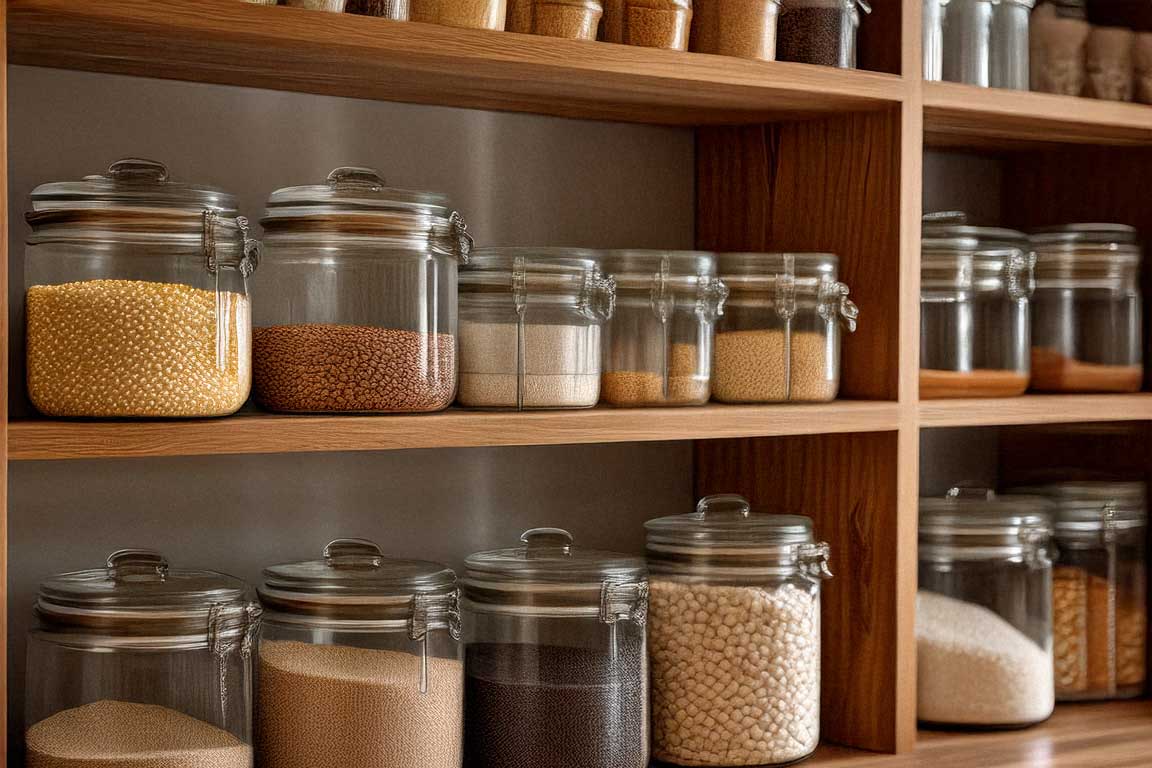
Everyday Challenges and Solutions
Transitioning to gluten-free eating has its challenges, but it’s manageable with the right strategies:
- Eating Out: Look for restaurants with dedicated gluten-free menus.
- Traveling: Pack snacks like nuts, dried fruits, and gluten-free granola bars.
- Social Events: Communicate dietary needs clearly to hosts and bring a gluten-free dish to share.
Practical Tips for Success
- Plan Ahead: Meal prepping ensures you have safe and nutritious options.
- Stay Informed: Follow reputable gluten-free blogs and resources.
- Experiment in the Kitchen: Substitute wheat flour with almond flour or coconut flour for baking.
Beyond the Basics: Advanced Gluten-Free Nutrition
Living gluten-free involves careful consideration of both macronutrients and micronutrients. Let’s explore how to optimize your diet:
Macronutrient Planning
- Carbohydrates: Balance simple and complex carbs with gluten-free grains like sorghum or millet.
- Proteins: Incorporate plant-based options like tempeh, beans, and seeds to diversify your diet.
- Healthy Fats: Avocado, nuts, and cold-pressed oils offer satiety and essential nutrients.
Micronutrient Optimization
Gluten-free diets often lack:
- Iron: Include fortified gluten-free cereals, spinach, and red meat.
- Zinc: Found in shellfish, nuts, and seeds.
- Vitamin D: Crucial for immune health, accessible through fortified foods or supplements.
Gluten-Free Myths Debunked
- “Gluten-Free is Healthier for Everyone”: While gluten-free can benefit individuals with specific conditions, it isn’t inherently healthier for the general population unless paired with balanced nutrition.
- “Rice is the Only Option”: Diversifying your diet with quinoa, teff, and other grains prevents monotony and enhances nutrition.
- “It’s Impossible to Eat Gluten-Free on Vacation”: Research and preparation can make travel gluten-free friendly. Pack essential snacks and explore local gluten-free cuisines.
Dining Out: Overcoming Barriers
Eating out is often a challenge for gluten-free diners. Mastering it involves:
- Spotting Trusted Chains: Some restaurants prioritize gluten-free menus.
- Be Proactive: Call ahead to confirm cross-contamination measures.
- Custom Orders: Don’t hesitate to request substitutions.
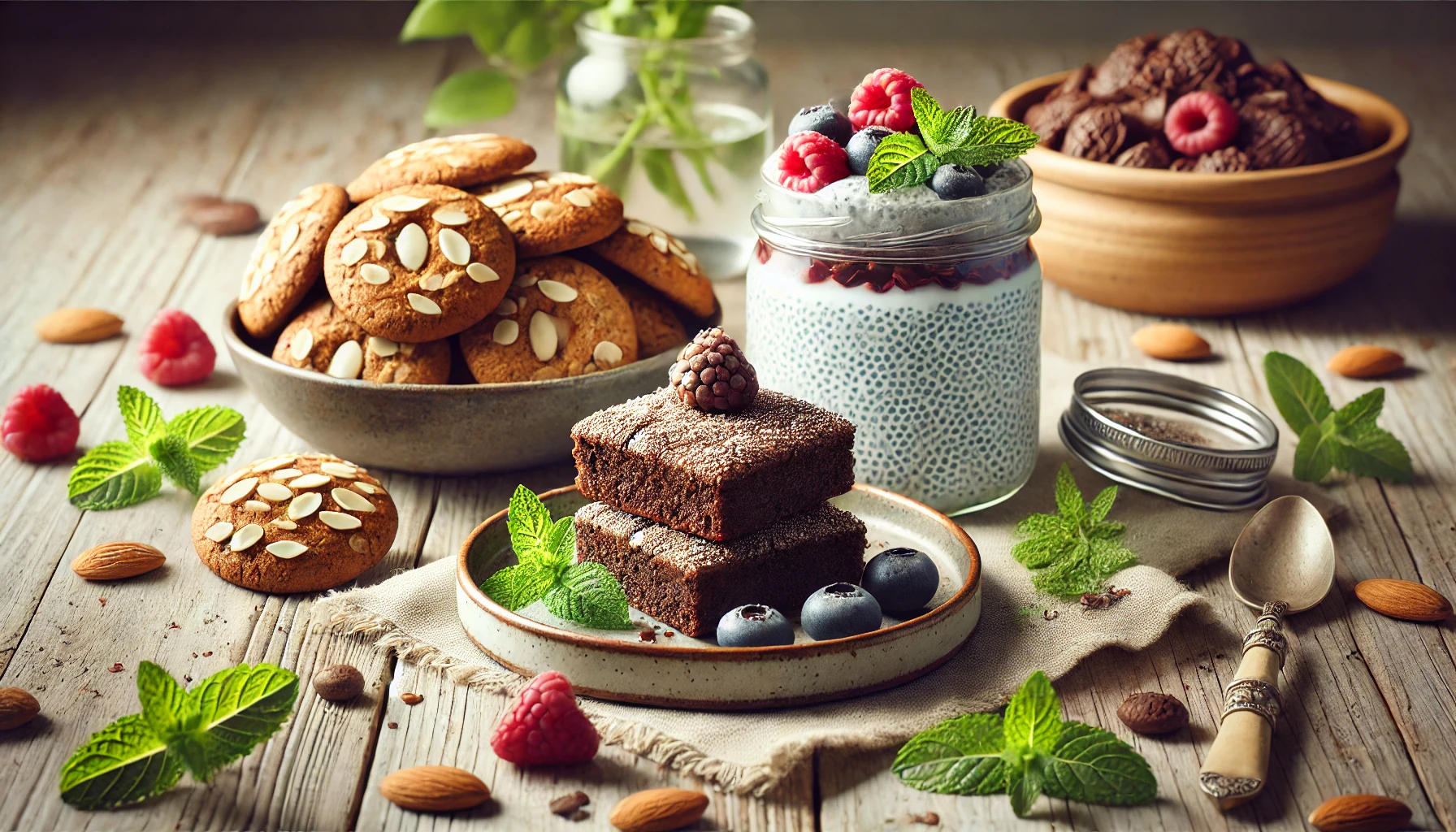
FAQs About Gluten-Free Nutrition
Here are some commonly asked questions to clarify your understanding of gluten-free living:
- What foods are naturally gluten-free? Fruits, vegetables, legumes, meat, poultry, fish, and most dairy products are naturally gluten-free.
- Is gluten-free bread healthier than regular bread? It depends on the ingredients. Gluten-free bread can be less processed but might lack fiber.
- How can I ensure I’m getting enough fiber? Incorporate lentils, chia seeds, and high-fiber vegetables like broccoli and carrots.
- Are oats gluten-free? Oats are naturally gluten-free but are often contaminated during processing. Look for certified gluten-free oats.
- Can I drink beer on a gluten-free diet? Standard beer contains gluten. Opt for gluten-free beer made from sorghum or rice.
- How do I handle cross-contamination at home? Use separate cutting boards, toasters, and utensils for gluten-free cooking.
- Is it possible to bake gluten-free without a mix? Absolutely! Experiment with almond flour, tapioca starch, and xanthan gum for homemade recipes.
- Are there gluten-free alternatives for soy sauce? Yes, tamari or coconut aminos are excellent gluten-free substitutes.
- Can kids adapt to a gluten-free diet easily? Yes, with fun recipes like gluten-free pancakes and pizza, children can enjoy a satisfying diet.
- What should I do if I accidentally consume gluten? Stay hydrated and rest. Over-the-counter medications can ease symptoms, but consult a doctor if severe.
Conclusion: A Lifelong Commitment to Wellness
Embracing a gluten-free diet is an enriching experience that promotes health and culinary creativity. By focusing on balanced nutrition, learning to navigate challenges, and embracing sustainable practices, gluten-free living becomes more than a diet—it’s a lifestyle filled with opportunities to explore, learn, and grow.
